How Tech Giants Achieve Real-Time Scalability: Netflix
Published on 9/7/2024
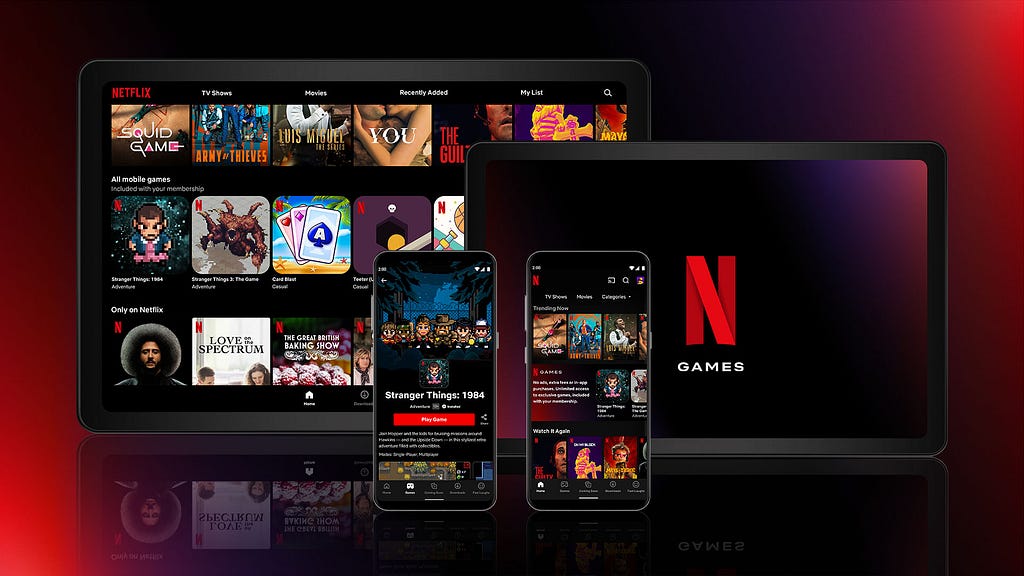
Introduction: In the digital age, success often comes with a unique challenge: scaling at lightning speed ⚡. For tech giants like Netflix, Amazon, and Google, handling millions of concurrent users isn’t just a goal — it’s a daily reality.
Picture this: It’s Friday night 🌙, and suddenly, millions of people decide it’s time for a movie marathon 🍿. How does Netflix ensure that everyone can stream their favorite shows without a hitch? That’s where real-time scalability comes into play 🎬.
Real-time scalability is the superhero power 🦸♀️ of the tech world, allowing systems to adapt instantaneously to fluctuating user demands. It’s what keeps your favorite apps running smoothly, whether there are a hundred users or a hundred million 📈.
In this blog, we’ll dive into the innovative strategies and cutting-edge technologies that enable tech behemoths to achieve this seemingly magical feat. From cloud computing to microservices architecture, we’ll explore the building blocks of scalability that keep our digital experiences seamless and uninterrupted 🔄.
Buckle up as we embark on this high-tech journey to uncover the secrets behind the scenes of your favorite platforms! 💻🌐

The Scalability Challenge 🏋️♂️
Netflix, as a global streaming giant, faces monumental challenges in maintaining seamless service delivery. The platform must gracefully handle:
- Traffic Spikes 📈: During peak hours or highly anticipated content releases, Netflix experiences massive surges in concurrent users. For instance, the release of “Stranger Things” Season 4 led to a record-breaking 286.79 million hours of viewing time in its first weekend! 🍿🔥
- Global Reach 🌎: With a presence in over 190 countries, Netflix must ensure low-latency content delivery across diverse geographical locations, each with its unique network infrastructure challenges.
- Device Diversity 📱💻📺: From smart TVs to mobile phones, Netflix supports over 14,000 device types, each requiring optimized video delivery.
- Content Variability 🎭📚: With a vast library of content, Netflix must efficiently manage the storage, transcoding, and delivery of millions of video assets.
To tackle these challenges, Netflix has developed a sophisticated, cloud-native architecture leveraging various cutting-edge technologies and methodologies. Let’s dive in! 🏊♂️
The Secret Weapons 🛠️
Load Balancing: Zuul and Ribbon 🏗️
Netflix’s approach to load balancing is multi-faceted, utilizing both Zuul for edge routing and Ribbon for inter-service communication.
Zuul 🚦: As Netflix’s cloud gateway, Zuul is responsible for:
- Dynamic Routing: Intelligently directing incoming requests to the appropriate backend clusters.
- Security: Implementing authentication and authorization at the edge. 🔒
- Monitoring: Providing insights into traffic patterns and potential issues. 👀
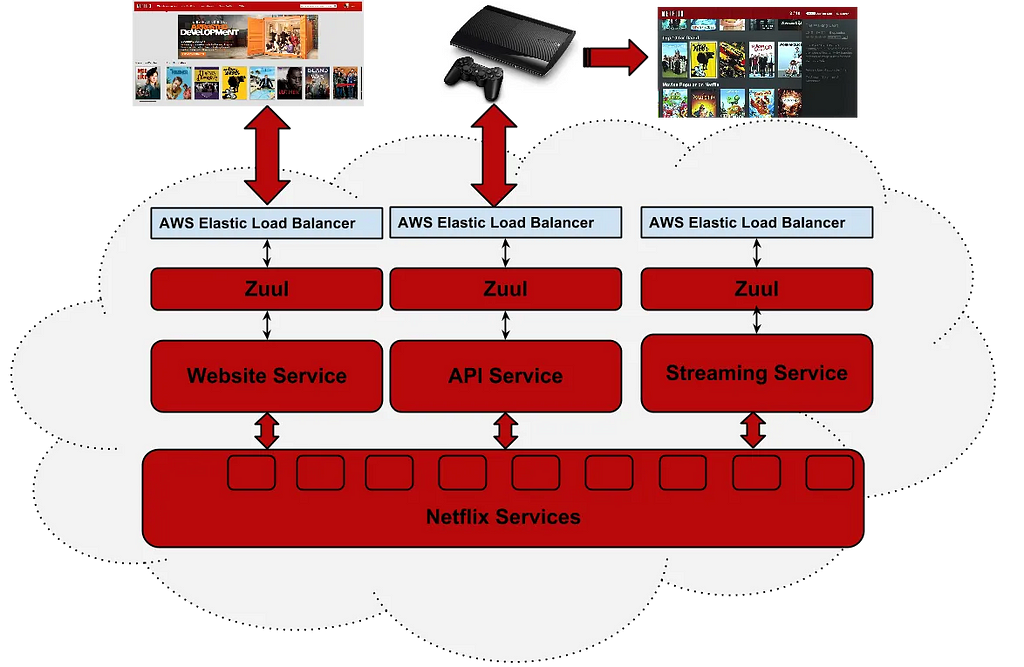
Ribbon 🎗️: This Inter Process Communication (IPC) library is crucial for load balancing between microservices. Key features include:
- Client-Side Load Balancing: Distributing requests across multiple server instances.
- Fault Tolerance: Automatically retrying failed requests on different servers. 🔄
- Multiple Protocol Support: HTTP, TCP, UDP compatibility. 🤝
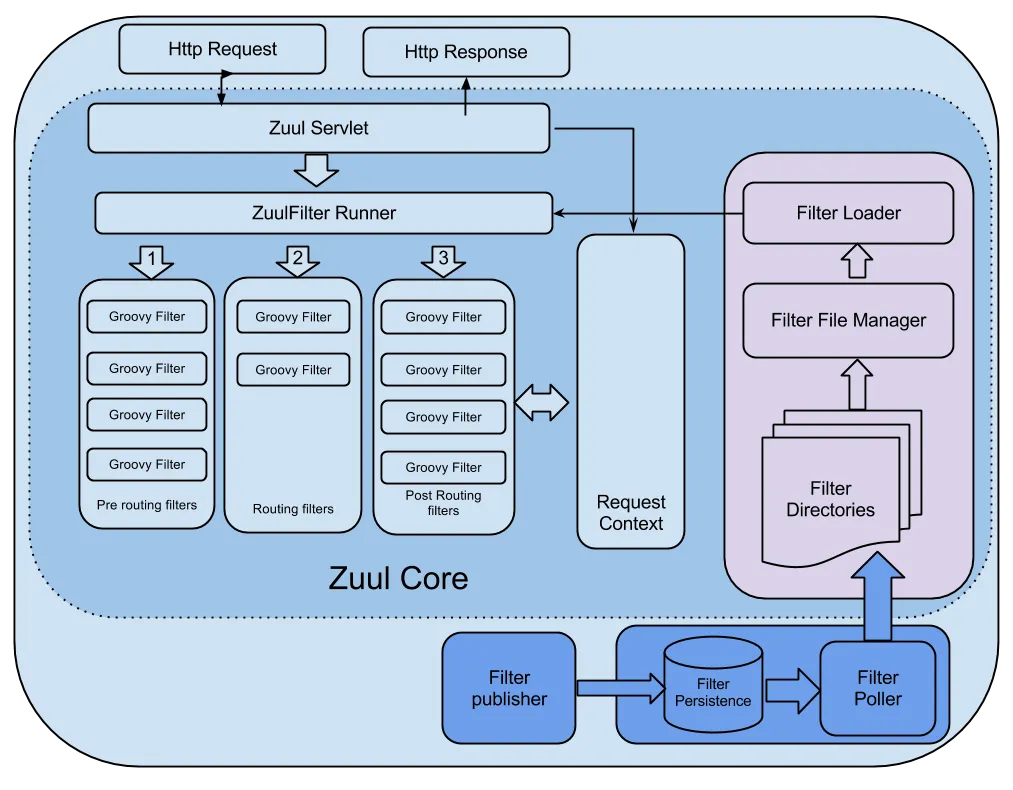
Service Discovery: Eureka 🔍
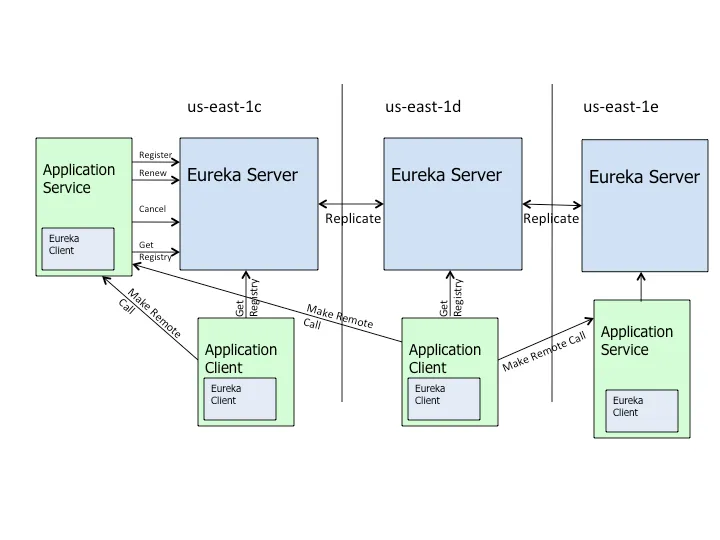
Eureka, Netflix’s service registry, is the backbone of their microservices architecture. Its primary functions include:
- Service Registration 📝: When a new service instance comes online, it registers itself with Eureka.
- Service Discovery 🕵️♀️: Client services query Eureka to discover the network locations of service instances.
- Health Monitoring 💓: Eureka continuously checks the health of registered services.
- Self-Preservation Mode 🛡️: In cases of network partitions, Eureka enters a self-preservation mode to prevent mass de-registration of services.
Content Delivery Networks (CDNs) 🌐
Netflix operates its own CDN called Open Connect, which is crucial for efficient content delivery. Key aspects include:
- Edge Caching 📦: Popular content is cached at ISP locations, dramatically reducing backbone traffic.
- Predictive Caching 🔮: Netflix’s algorithms predict which content will be popular in specific regions.
- Adaptive Streaming 🌊: OCAs work in tandem with Netflix’s adaptive streaming technology.
- Global Distribution 🗺️: With over 1,000 OCA locations worldwide, Netflix ensures low-latency content delivery even in remote areas.
- How is the content organized? Every title is encoded in multiple formats, or encoding profiles. For example, some profiles may be used by iOS devices and others for a certain class of Smart TVs. There are video profiles, audio profiles, and profiles that contain subtitles.
Each audio and video profile is encoded into different levels of quality. For a given title, the higher the number of bits used to encode a second of content (bps), the higher the quality. Which bitrate you stream at depends on the quality of your network connection, the encoding profiles your device supports, the title itself, and the Netflix plan that you are subscribed to. Finally, we have audio profiles and subtitles available in multiple languages.
So for each quadruple of (title, encoding profile, bitrate, language), they need to cache one or more files. As an example, for streaming one episode of “The Crown” Netflix store around 1,200 files!

Auto-Scaling ⚖️
Netflix’s auto-scaling solution is built on top of Amazon Web Services (AWS) and incorporates several custom tools:
- Scryer 🔮: Netflix’s in-house forecasting engine that predicts future resource needs.
- Asgard 🏰: A web interface for cloud management and deployment.
- Reactive Auto-Scaling 🎢: Considers application-specific metrics for scaling decisions.
- Chaos Engineering Integration 🐒: Netflix’s famous Chaos Monkey randomly terminates instances in production.
Microservices Architecture 🏗️
While not explicitly mentioned in the outline, Netflix’s microservices architecture is fundamental to its scalability:
- Service Independence 🏋️♀️: Each microservice is developed, deployed, and scaled independently.
- Polyglot Persistence 💾: Different services use the database best suited for their needs.
- Circuit Breakers 🔌: Netflix’s Hystrix library implements the circuit breaker pattern.
- API Gateway 🚪: The edge services act as an API gateway, providing a single entry point for all clients.
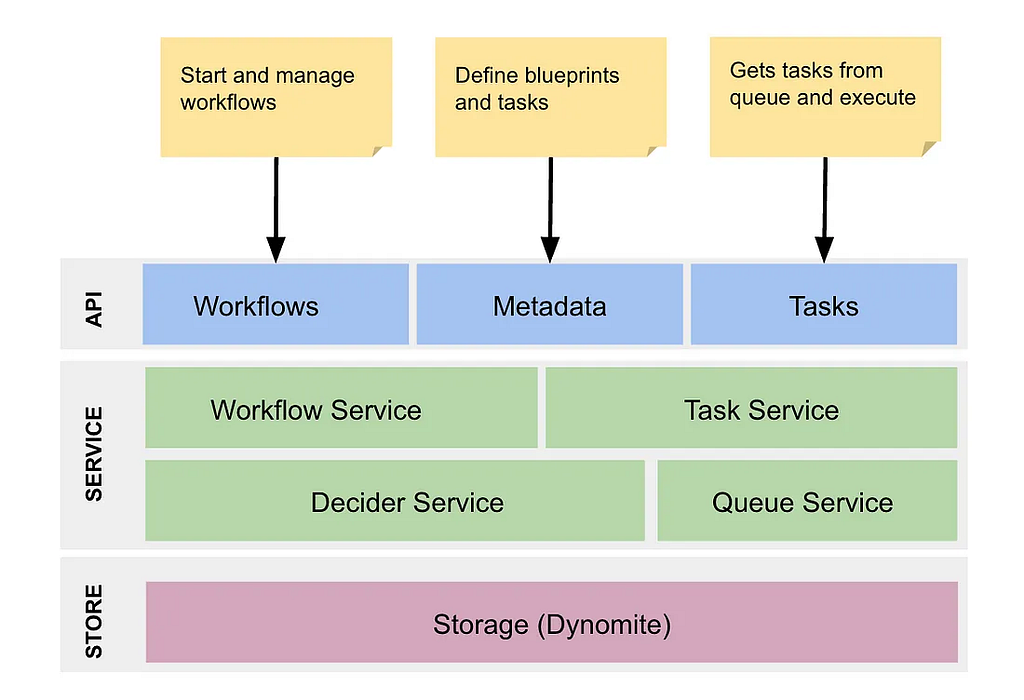
Real-Time Delivery 🚚💨
Netflix employs several techniques to ensure smooth real-time content delivery:
- Adaptive Bitrate Streaming (ABR) 🌈: Adjusts video quality in real-time based on the user’s available bandwidth.
- Per-Title Encoding 🎥: Optimizes encoding parameters for each title individually.
- Video Multi-Method Assessment Fusion (VMAF) 👁️: A video quality metric developed by Netflix.
- TCP BBR 🚄: Significantly improves throughput and reduces latency.
- QUICK ⚡: Netflix is actively experimenting with QUIC to further reduce connection establishment times.
Conclusion 🏁
Netflix’s ability to deliver a seamless streaming experience to millions of users worldwide is thanks to a sophisticated combination of technologies and strategies 🎭🌟.
From intelligent load balancing and service discovery to innovative content delivery and adaptive streaming, each component plays a crucial role. The microservices architecture ensures flexibility, while tools like Zuul, Ribbon, and Eureka optimize resource utilization 🏗️🔧.
Netflix’s Open Connect CDN reduces latency by bringing content closer to users, and real-time delivery is further enhanced by adaptive bitrate streaming and state-of-the-art transport protocols. The auto-scaling system ensures Netflix can meet demand without over-provisioning 📈🔬.
By continuously innovating and open-sourcing many of their tools, Netflix not only maintains its streaming leadership but also contributes to the broader tech community 🌟🚀.
So the next time you’re binge-watching your favorite show, remember the incredible technology working behind the scenes to bring that content to your screen! 🍿📺🎉